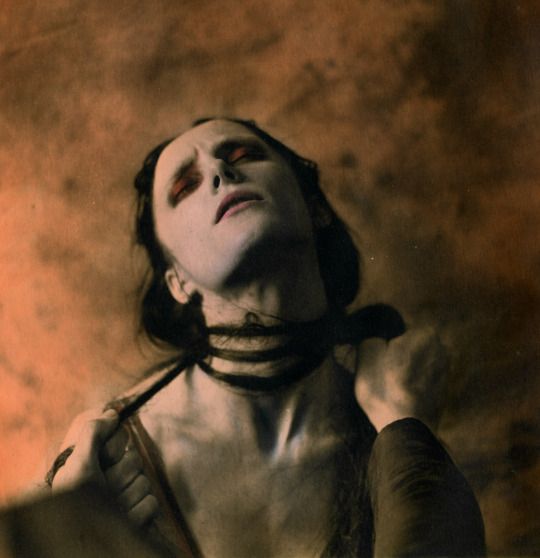
Leah Burns
The area of research I intend to explore is the application of queer theory to dramatic monologues and whether we can turn the “persona” into a queer figure, especially when the poem focuses on the violent acts against the typically female partner. Robert Browning’s poetry is very fitting for this as it is very violent but also does not gender the “persona”, allowing for exploration of this idea. This also allows an exploration of whether a male poet influences the interpretation of a queer sexual relationship. Mathilde Blind is less well known but still Victorian, however she also writes heavily around female and hints of female eroticism. Both of the chosen poems reference a “forbidden” woman using violent language so it’s very interesting to compare her to Browning to see if the gender of the poet makes a difference. Anne Sexton has been chosen as a more modern version of this idea of female sexual violence in poetry. As confessional poetry allowed a much more explicit approach, we would expect to see more violence, and this is a very apt point of comparison with more traditional dramatic monologues referencing the same concepts. Some overarching research questions are:
What makes a dramatic monologue?
Why do we equate “persona” to the gender of the poet?
Do queer readings exist in Victorian literature or is a clandestine queer text?
Is sexual violence fetishized more by male poets than female poets?
Can we separate Anne Sexton from her poetry?

Leah Burns


- Porphyria's Lover is a poem in which the speaker (the persona of Browning) strangles their lover with strands of her hair.
- Browning evokes images of God's silence at this act and romanticises this "death" with Porphyria's cheeks glowing in a blush after the act.
- This text can and should be queer, as Browning includes no personal pronouns referring to the persona
- Catherine Ross writes on the concept of the death of Porphyria being a case of erotic asphyxiation rather than murder
- If it is sexually charged, why do queer people have to go to the brink of death to achieve liberation from hetereonormative roles?
- Strangulation with a symbol of femininity is a liberating act by two women if it frees them from a generally unaccepting society.
- A woman plots the death of another in an apothecary creating a "beautiful" poison.
- This jealousy can be repression of queer feelings and the murder can be an act of possessiveness.
- Browning writing a cross-gendered dramatic monologue is not a progressive act, but usually done for enjoyment, as Byron Glennis writes.
- However, our next poet Mathilde Blind writing as a woman portraying the role of a man allows her to enact a queer fantasy in a more socially acceptable means.
- A male onlooker stares at a woman in a carnival in Nice and imagines loving her and then killing her with her hair.
- Blind's cross-gendered dramatic monologues allow for her to explore queer fantasies in the place of the persona
- Harrington says that women used Dramatic Monologues as a way of acting out against social norms as a way of expressing their anger- why could this not apply to queerness?
- The evocation of Porphyria's Lover makes this explicitly a tragic event and the fact it is fantasy does not take away from the violence
- This song is a murder ballad, a form which I argue is a modernisation of Dramatic Monologues, due to the persona that is required for this song.
- The violence in this work is the same as Blind's idea of "all beauty must die" but the romanticisation of death is akin to all the previous poems I've looked at.
































































































































































































































































































































































































































































